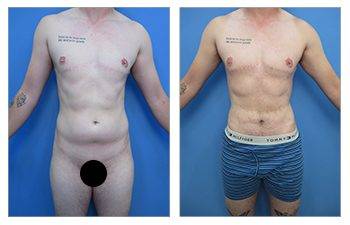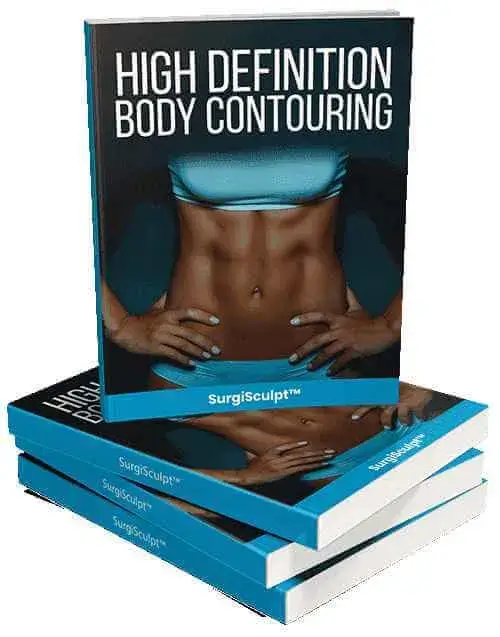



Download SurgiSculpt’s free Liposuction eBook
How much Tumescent Volume can be used during Liposuction?
To answer how much tumescent solution can be used during liposuction we must first discuss the history behind this critical advancement in liposuction.
What is Tumescent Solution?
Tumescent solution volumes have evolved throughout the last half of the 20th century. You might be surprised to know that in 1960 no tumescent solution was utilized at all, termed dry lipo. Tumescent liposuction was first introduced in 1982 and intended to provide two functions. The first role of tumescent was to provide pain control. This was achieved with the addition of Lidocaine which remains a numbing, or local anesthetic. The addition, of bicarbonate to this solution serves to change the pH of the solution to allow for a quicker onset of lidocaine which is able to traverse the cell membrane of nerve cells in more basic conditions. Both of these were added to a large lactated ringers solution, a solution that mimics the physiologic fluid in your body, as a means of expanding the tumescent fluid volume so that it can cover a larger area.
The Evolution of Tumescent Solution
Surprisingly, tumescent solution components changed minimally until the advent of ultrasound-assisted VASER liposuction in 1995 which led to advancements in body contouring, termed high definition liposuction. High definition VASER liposuction routinely utilizes the maximum safe volume of infiltrate since it employs 360 degrees of liposuction.
Several modifications of the tumescent solution have been made with the advent of high definition liposuction. The first involves using ½% Lidocaine rather than 1 % lidocaine. This is because of the routine maximum volumes of tumescent liposuction used and an effort to minimize the risk of Lidocaine toxicity. This is tolerated since patients who undergo high definition liposuction are placed under general anesthesia in contrast to awake liposuction with Laser liposuction. Another modification involves the use of transamenic acid which minimizes blood loss. Another measure taken to avoid unnecessary blood loss is the addition of Clonidine to decrease local pressures which will increase local blood pressure and increase blood loss. Finally, the addition of dexamethasone, a steroid, allows us to minimize the inflammatory response. This is important since high definition liposuction utilizes more comprehensive fat removal which can result in more tissue irritation. The use of a steroid will act to taper the inflammatory response that can promote soft tissue scarring.
Maximum volume of tumescent solution
High definition liposuction by definition must create a body contour for clients that is masterful in appearance, almost like a glorified sculpture. As a result, all concern areas must be addressed to meet high definition body contouring results. In the state of California, the maximum allowed tumescent liposuction volume of infiltration and aspiration remains 5 Liters. This is under the assumption that the wet liposuction technique is utilized using a 1 to 1 infiltration and aspiration volume. In contrast, Laser liposuction was developed in 2006 and uses a superwet liposuction technique with infiltration to aspiration volumes of 3 to 1. In this scenario, smaller overall volumes of aspiration are utilized since out of the maximum 5 Liters infiltrated only 1/3rd of that or 1.6 Liters of aspirate can be harvested.
Conclusion: How much Tumescent Volume can be used during Liposuction?
How much tumescent solution that can be used during liposuction is determined by multiple factors including individual patient requirements and legislative policies. If you are interested in the volume of tumescent and exact makeup of the solution that will be utilized in your case, we encourage you to make a consultation with one of our SurgiSculpt coordinators today.
